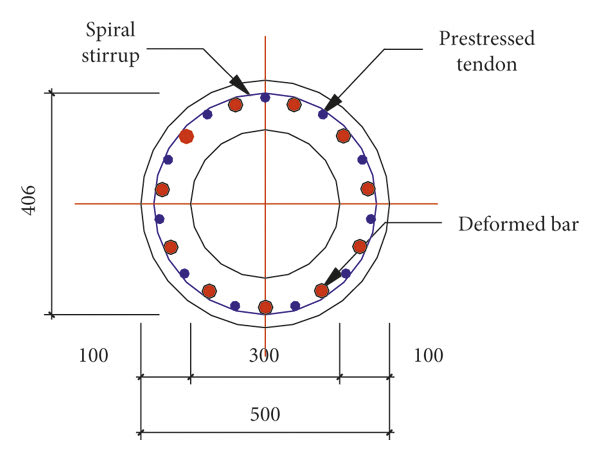PEFLWI
Structural
- Oct 23, 2012
- 120
I have a shear friction question. I am involved in a project where the structural engineer specified hollow precast concrete piles. See the attached sketch. This is already built. The connection of the pile to the pile cap is through rebar and poured concrete in the top of the hollow pile. See the sketch. It appears the engineer is counting on friction between the cast in place concrete and the inside surface of the pile. I understand ACI 318 to allow shear friction only if there is rebar across the joint. Since there is no rebar between the CIP concrete and the precast pile, ACI would not allow the use of the shear friction concept. Do you agree?


